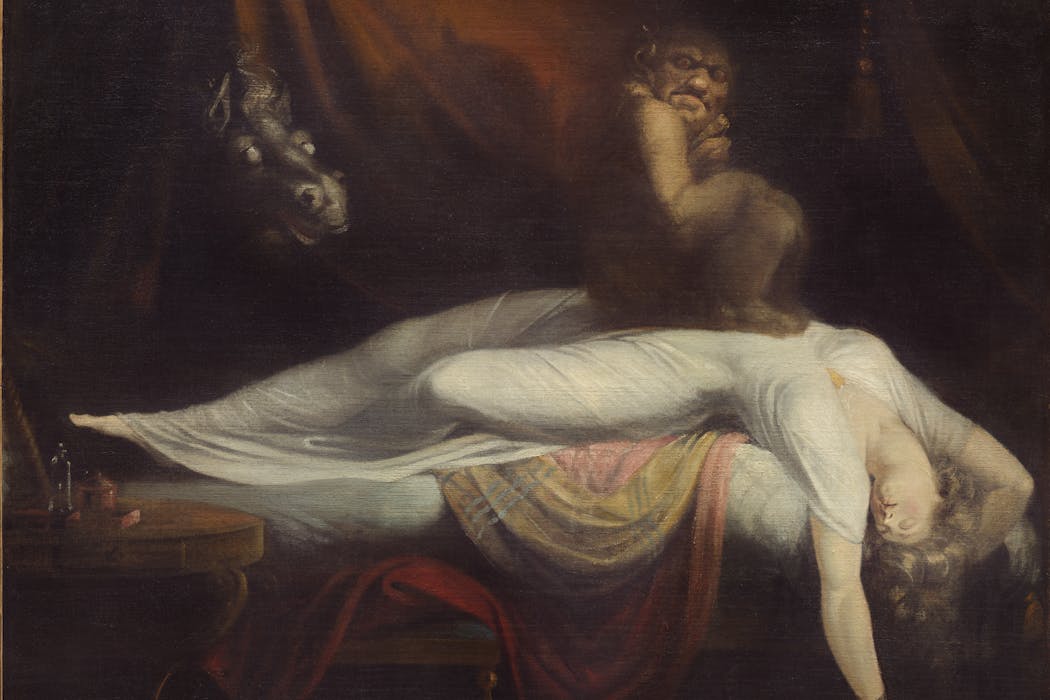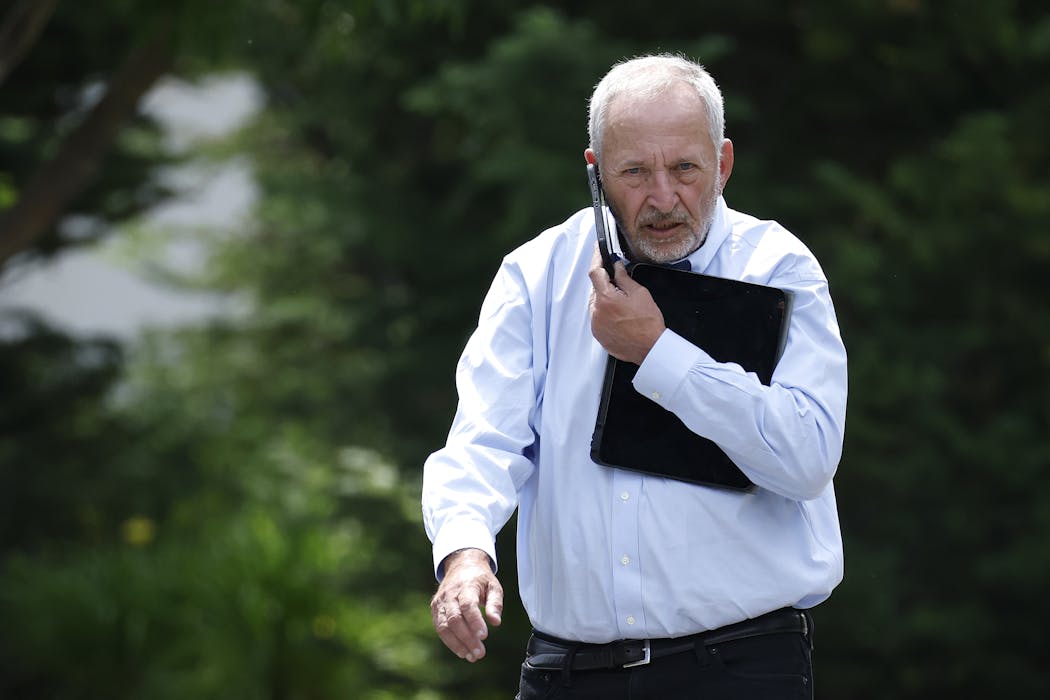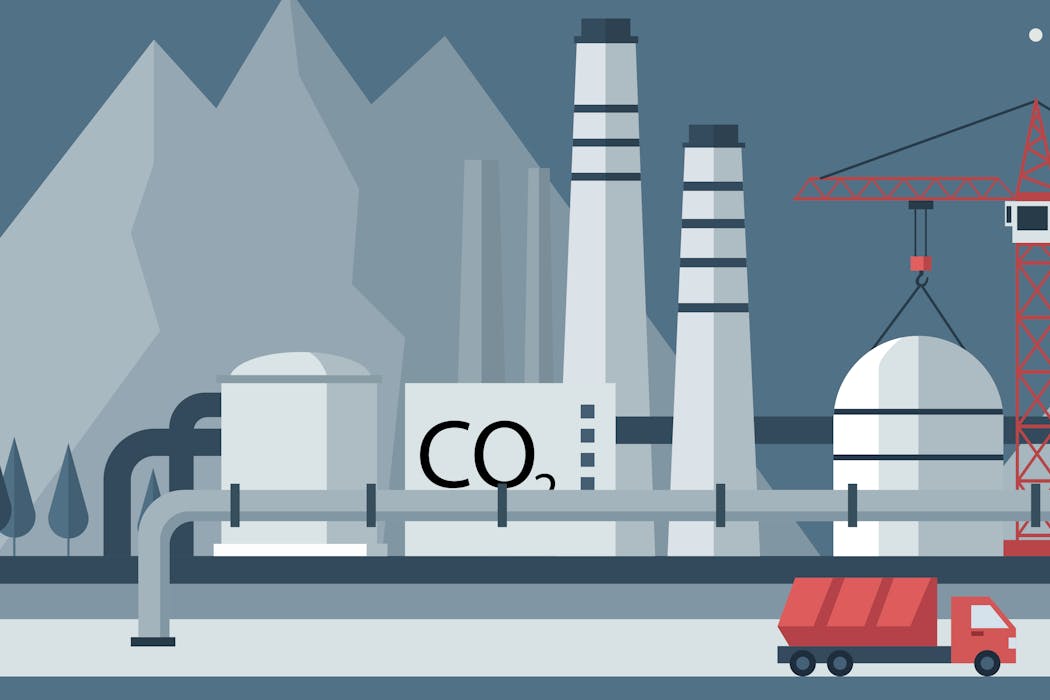Empathy and reasoning aren’t rivals – new research shows they work together to drive people to help more
- Written by Kyle Fiore Law, Postdoctoral Research Scholar in Sustainability, Arizona State University
 What motivates people to donate their time or money to make the world better?Alistair Berg/DigitalVision via Getty Images
What motivates people to donate their time or money to make the world better?Alistair Berg/DigitalVision via Getty ImagesFor years, philosophers and psychologists have debated whether empathy helps or hinders the ways people decide how to help others. Critics of empathy argue that it makes people care too narrowly – focusing on individual...









